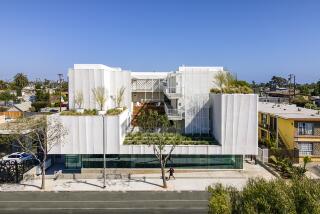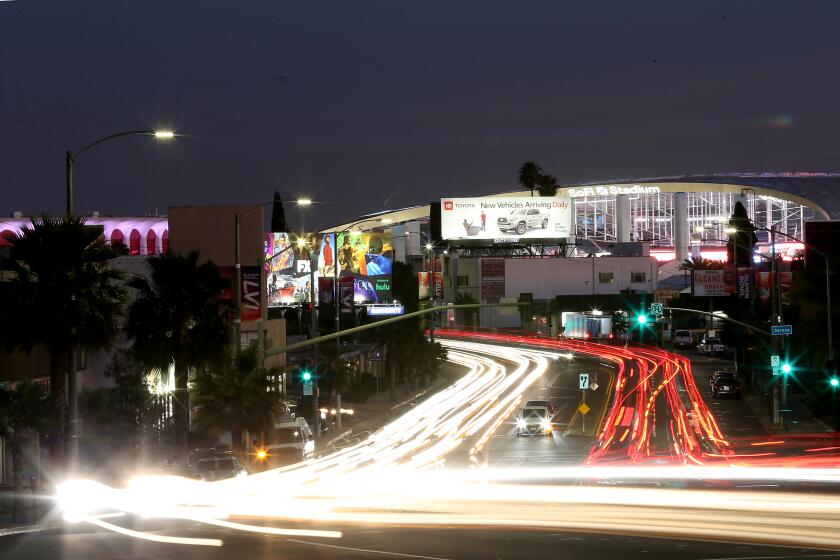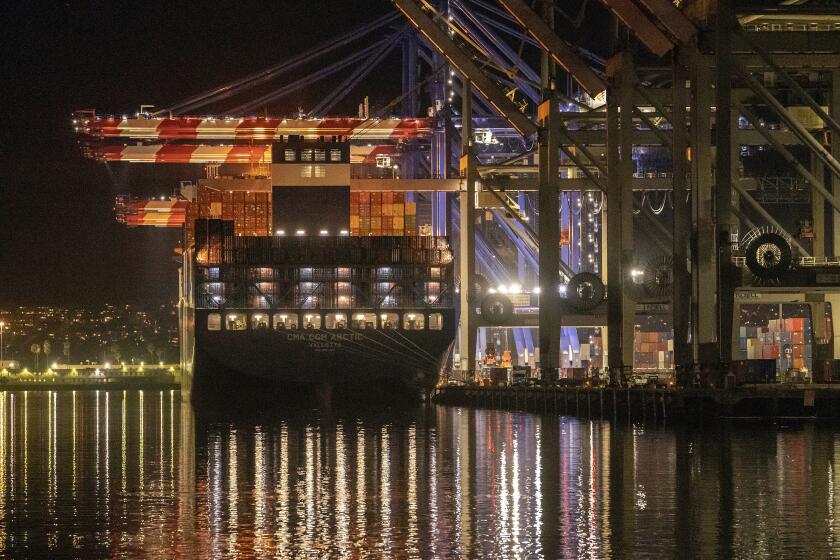Op-Ed: Gentrifying L.A. without displacing the poor: Lessons from S.F.’s Tenderloin
Los Angeles may be replacing New York City as the gentrification capital of the United States. The national media seem positively obsessed with the transformation of once little-known communities like Highland Park; gentrification battles in Boyle Heights, Pico-Union and Echo Park hearken back to the 1950s ouster of Latino families at Chavez Ravine for the building of Dodger Stadium; and on skid row, homeless encampments and single-room occupancy hotels clash with the agendas of downtown development.
Many believe that battling gentrification is a hopeless task. If Los Angeles is now ground zero in the displacement wars, that’s because New York City’s process of converting working-class neighborhoods into upscale enclaves has largely been completed. New York is so identified with the “inevitability” of gentrification that its example dampens the hopes of other cities to achieve a different outcome.
But I know that urban neighborhoods can avoid gentrification because I have worked in San Francisco’s Tenderloin community for 35 years. The Tenderloin is primarily low-income despite bordering the upscale business and residential neighborhoods of Nob Hill, Union Square, Hayes Valley, Mid-Market and South of Market.
Even amid the biggest economic boom in San Francisco since the Gold Rush, with rents for a one-bedroom apartment in the city averaging $3,500 per month, the Tenderloin is an affordable, ethnically diverse neighborhood.
To save the Tenderloin, activists took four critical steps — which are applicable to other cities.
First, they passed strict residential zoning controls and height limits preventing the type of high-rise developments that transform similar neighborhoods. These restrictions were enacted in 1985 under then-San Francisco Mayor Dianne Feinstein, who was strongly pro-development.
Second, nonprofit groups led by the Tenderloin Neighborhood Development Corp. went on a buying binge that took land and buildings off the private market. Today, more than 25% of the neighborhood’s housing stock is either in nonprofit hands or has rents subsidized by the government. It’s hard to gentrify a neighborhood when a major portion of its land isn’t available to speculators.
Third, the Tenderloin has strong laws preserving its single-room occupancy hotels. SROs are often the canary in the coal mine for low-income neighborhoods, as their demolition or conversion has paved the way for displacement in New York City, Chicago and other cities.
SROs have also been a lightning rod for gentrification efforts in Los Angeles’ skid row. In 2014, the city rejected a proposal to convert the 384-room Cecil Hotel into housing for the homeless, as opponents contended it would hurt skid row’s revival. These are the types of battles that Tenderloin activists have won.
Finally, unlike many low-income neighborhoods that lack political power, the Tenderloin never stopped organizing. Tenderloin residents have been a constant presence at City Hall. This has helped them win the support of San Francisco political leaders.
The Tenderloin’s effort to resist gentrification began with some advantages. Unlike Highland Park, it lacks a large base of single-family homes whose individual sales to the highest bidder cannot be prevented. In fact, the Tenderloin has only one single-family home among its 31 blocks. It also has very few flats. Instead, it is overwhelmingly large apartment buildings and SROs that do not provide the affluent with homeownership opportunities.
In comparison with skid row, however, the Tenderloin was more at risk. Skid row may be the closest analog to the Tenderloin, both in terms of its housing stock and its location in a part of the city that many have sought to transform. But whereas you can grow up in Los Angeles and never even see skid row (that was my own experience), the Tenderloin’s centrality requires most San Franciscans to walk through it. The Tenderloin’s prominence increased gentrification pressure, making its survival as a low-income neighborhood even more impressive.
Squabbles over Blue Bottle coffee bars and other neighborhood improvements often obscure the real problem with gentrification — displacement and eviction. Instead of battling new organic restaurants, Tenderloin residents joined with business owners in pushing for increased public safety, street beautification and economic development. All the while they fought to preserve and expand the neighborhood’s affordable housing.
The Tenderloin is still a neighborhood in which janitors, restaurant workers and those on fixed incomes can live in a city of vast wealth. If the Tenderloin can achieve this outcome, L.A. neighborhoods can do the same.
Randy Shaw has worked in San Francisco’s Tenderloin since 1980. He is the author of the newly released book “The Tenderloin: Sex, Crime and Resistance in the Heart of San Francisco.”
Follow the Opinion section on Twitter @latimesopinion and Facebook
More to Read
A cure for the common opinion
Get thought-provoking perspectives with our weekly newsletter.
You may occasionally receive promotional content from the Los Angeles Times.






